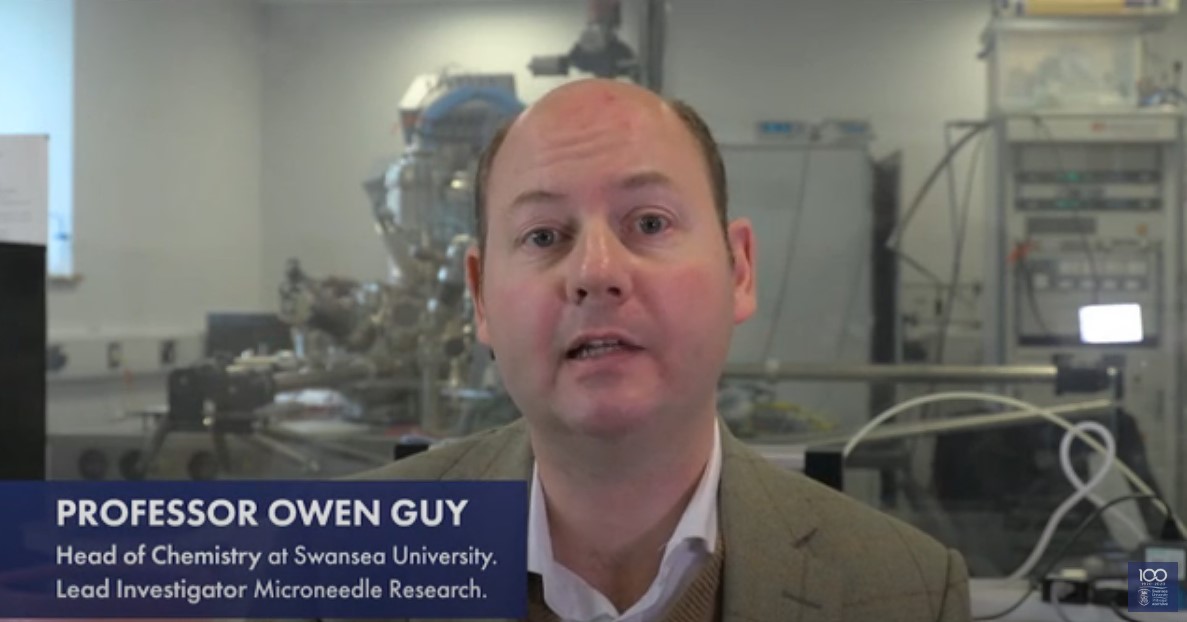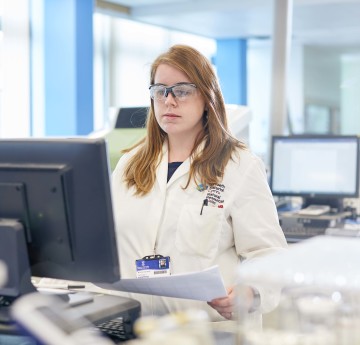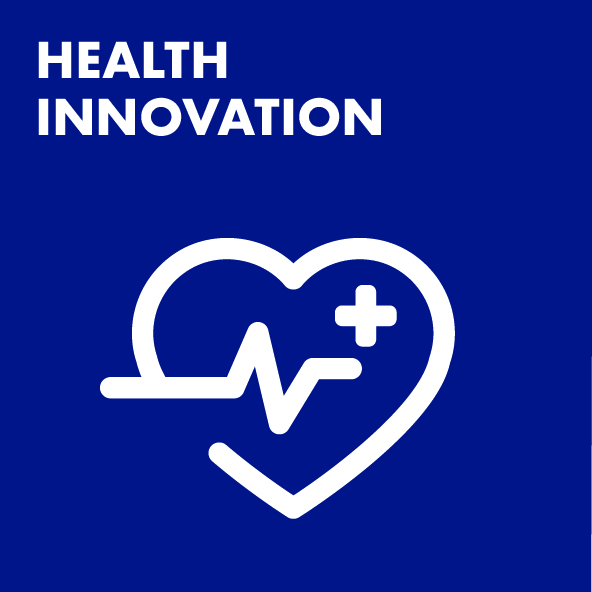“KLA Corporation is a leading manufacturer and developer of advanced equipment in the inspection, metrology and process areas for semiconductor wafers, printed circuit boards and flat panel displays. We’ve been around for more than 45 years and have thousands of tools in the field, over 12,000 employees and had over $9 billion in revenue for fiscal year 2022. One of the things we are most proud of is our impact in moving the industry forward.
“Academia is very important for us to understand the next generation requirements. The R&D that happens in an academic environment really gives us a glimpse of a potential future that our customers will be leaning towards 2, 3, 5 years down the road.
“The private-public partnership like Swansea University has had with the SPTS division of KLA Corporation is really leading edge and now we are starting to copy that methodology--based on the close partnership that was first developed many years ago--to other regions where we operate in the U.S., Israel and Asia because we’ve seen how valuable that partnership can be to us and to the University.”
Chet Lenox, KLA Corporation










